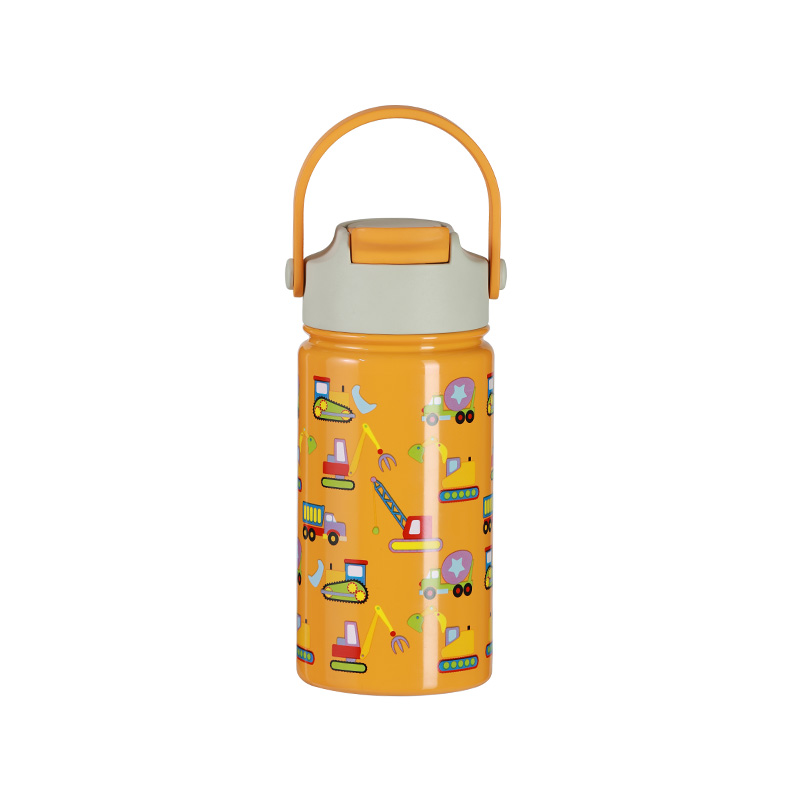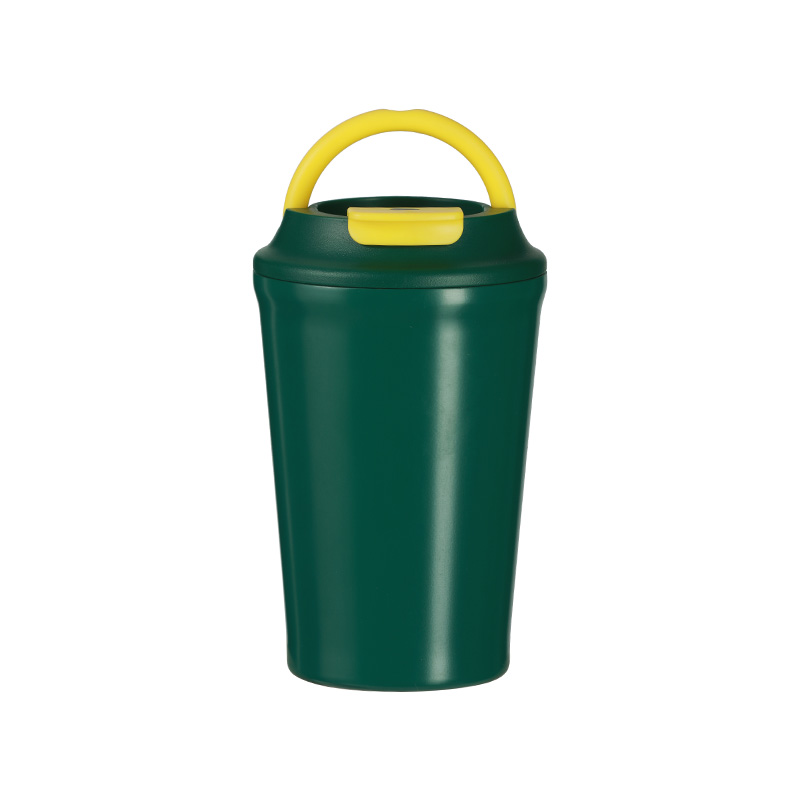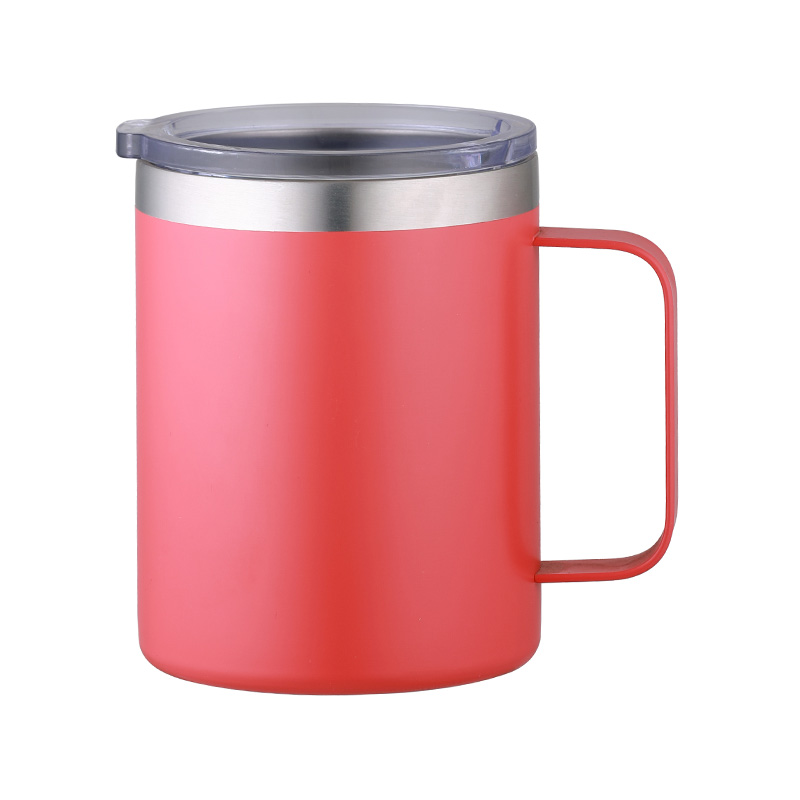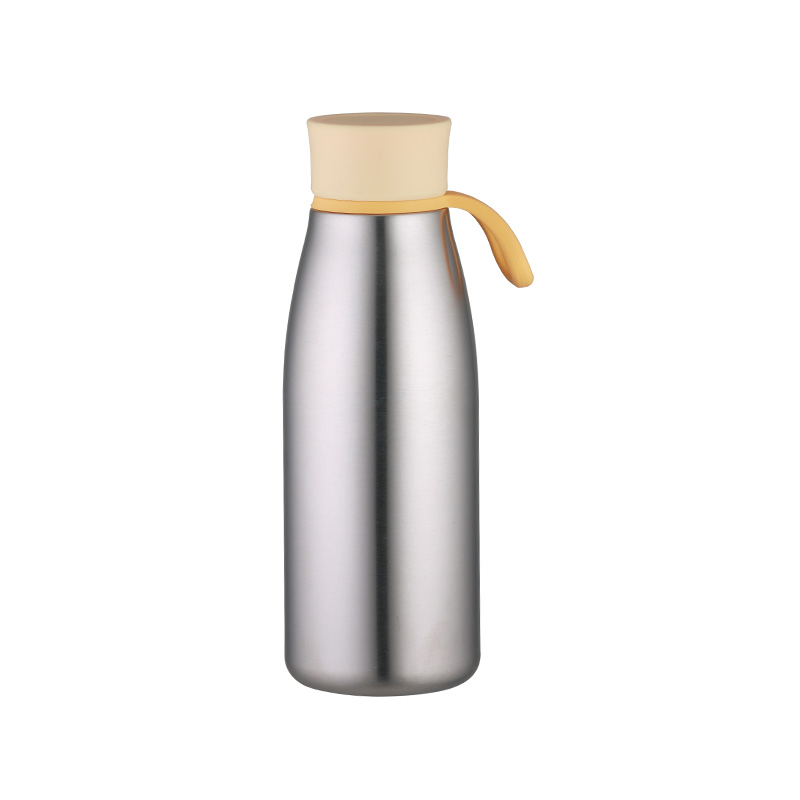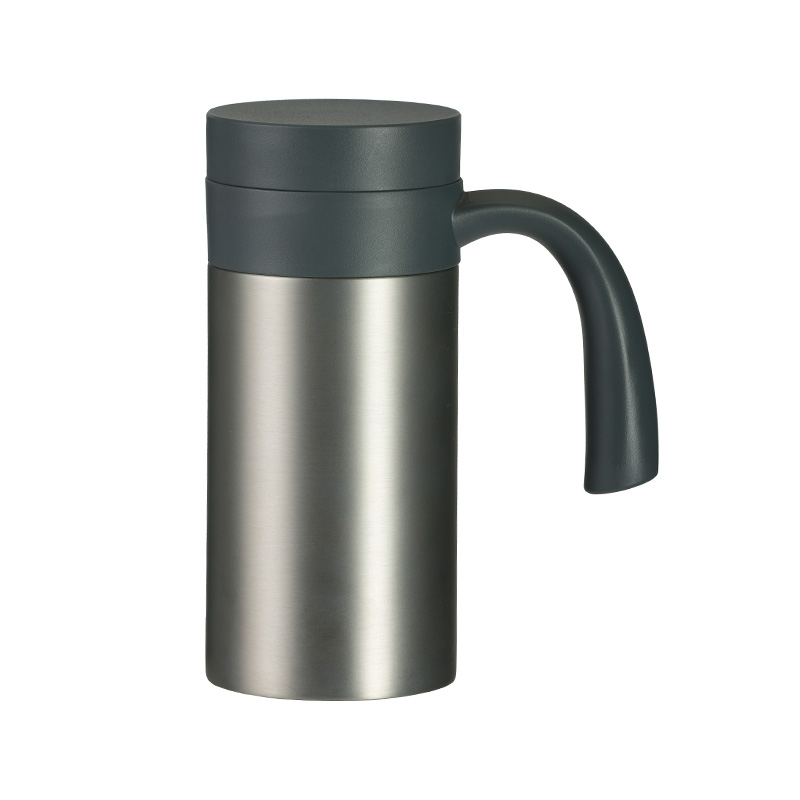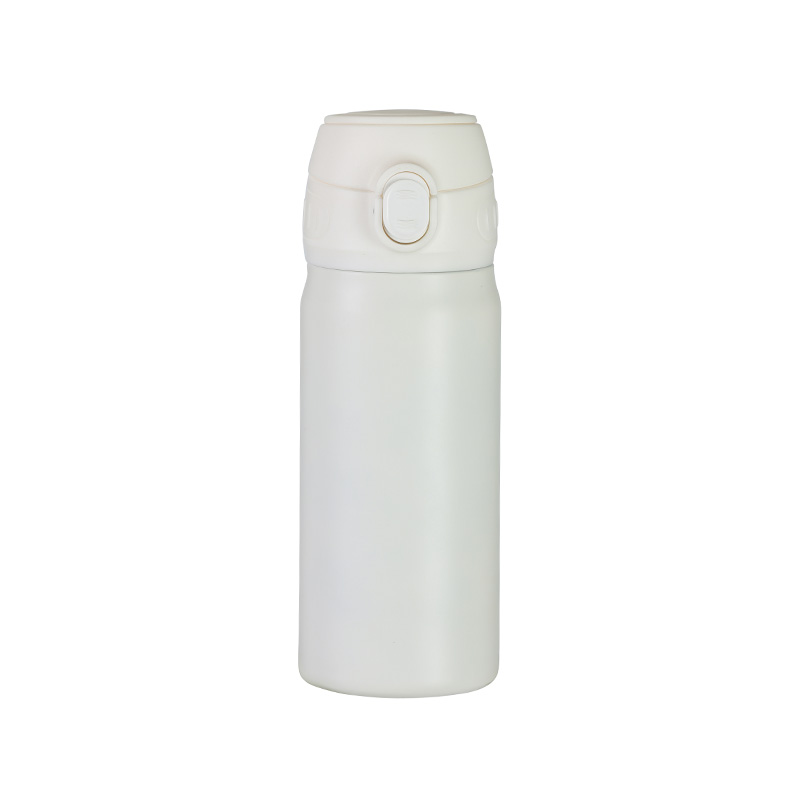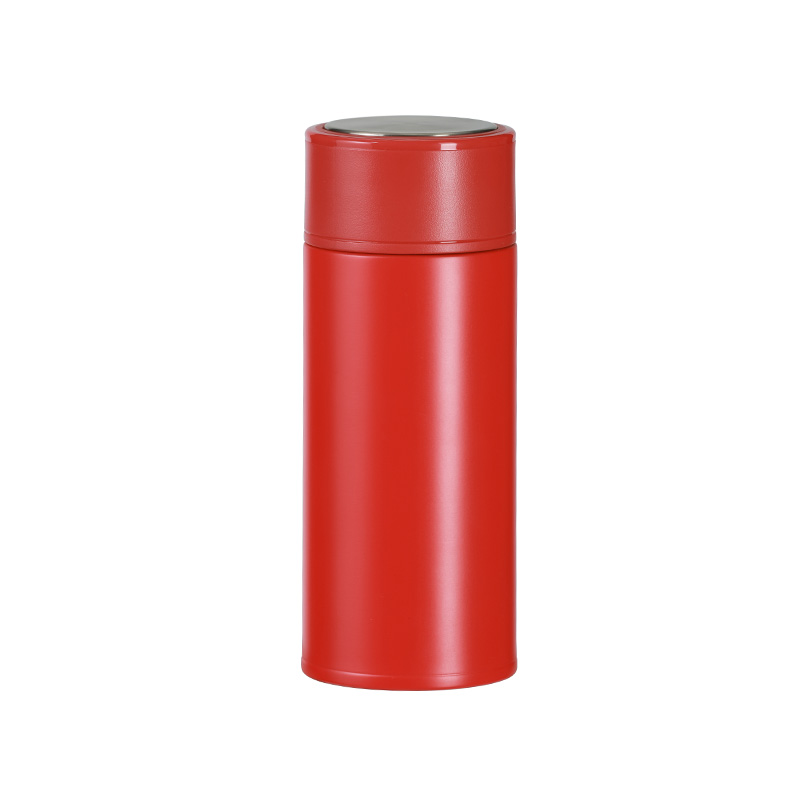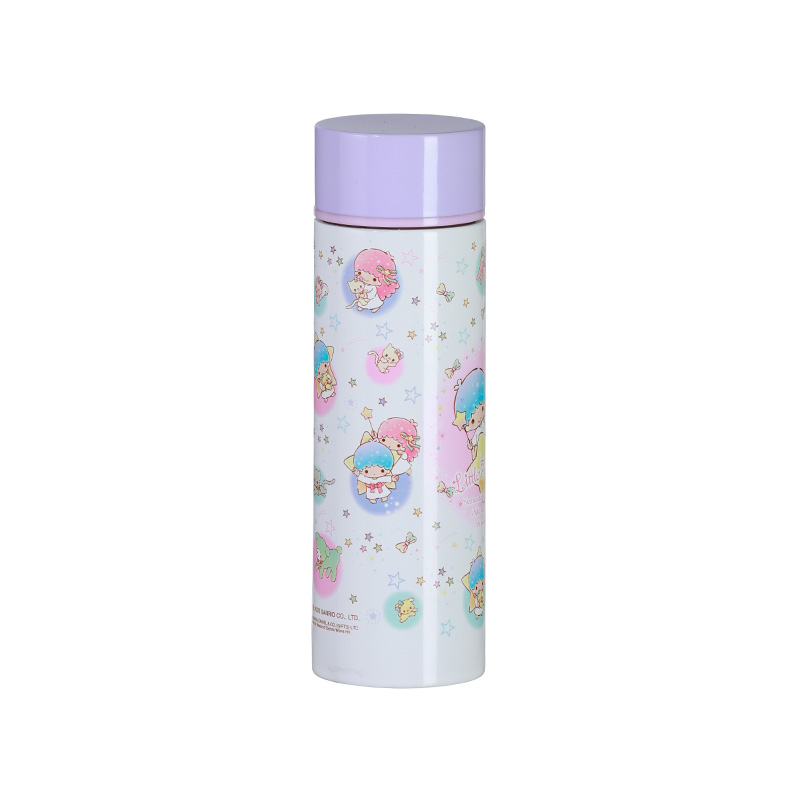The Stainless Steel Thermos Mug typically uses food-grade stainless steel as the core material. It is selected due to its resistance to corrosion, stability under heat, and ease of cleaning. Manufacturers frequently work with 304 or 316 stainless steel, depending on the application and intended lifespan of the product.
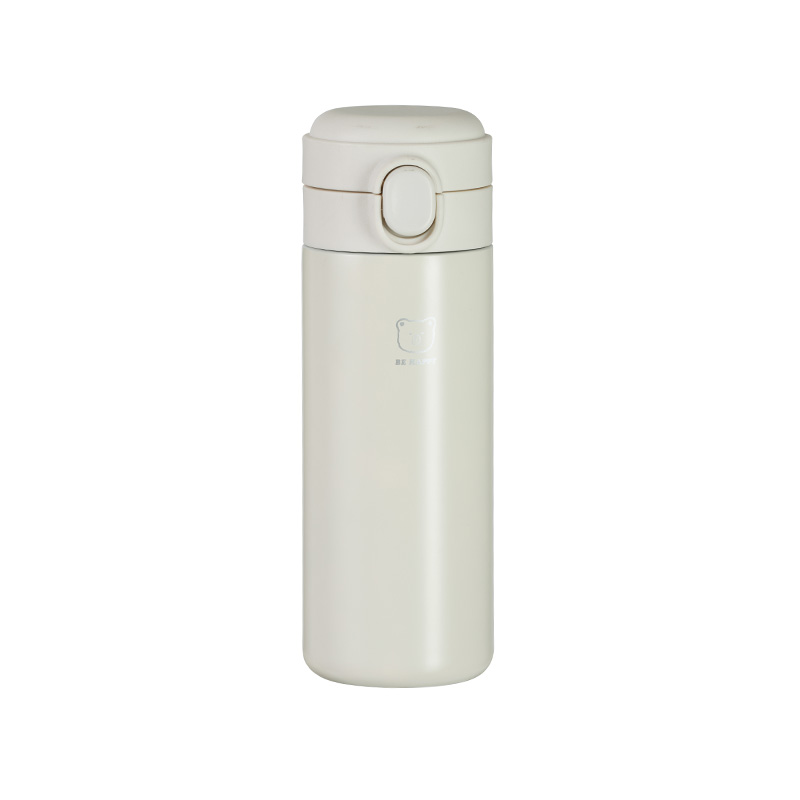
This material forms the inner wall of the Stainless Steel Thermos Mug, where it is in direct contact with liquids. It is non-reactive, ensuring that beverages retain their intended flavor. Additionally, stainless steel does not absorb odors and withstands daily wear, making it suitable for long-term use.
The primary design feature of a Stainless Steel Thermos Mug is its ability to maintain the temperature of its contents for long periods. To achieve this, the mug is built using a double-wall structure. The inner and outer layers are made of stainless steel, and the space between them is vacuum-sealed.
This vacuum layer greatly reduces heat transfer by conduction and convection. The inner wall holds the hot or cold beverage, while the vacuum limits the exchange of energy with the environment. As a result, the Stainless Steel Thermos Mug can retain heat for several hours or keep cold drinks at a stable temperature.
The lid of the Stainless Steel Thermos Mug is another critical part of its design. It usually includes a threaded seal, a rubber or silicone gasket, and, in some cases, a drinking spout with a flip-top or button-release mechanism. The lid must not only prevent spills during movement but also support thermal retention by sealing the top of the mug tightly.
From a manufacturing perspective, the gasket material is selected for flexibility, long-term shape retention, and safety. It needs to remain effective even after multiple cycles of heating, washing, and daily handling. The lid must align securely with the mug's threads, ensuring a uniform seal each time it's closed.
Portability is a key factor in the popularity of the Stainless Steel Thermos Mug. To improve user experience, features like contoured grips, non-slip coatings, and lightweight structures are integrated during design planning. Some models also include car cup-holder-friendly bases or built-in handles.
Each of these additions must be engineered without compromising insulation. For instance, an external grip may be made from rubberized plastic or coated stainless steel, offering a secure hold without creating a thermal bridge that compromises the vacuum barrier.
Ease of cleaning and hygiene are important to users, so the inner surface of the Stainless Steel Thermos Mug is often polished to a fine finish. A smooth internal surface reduces residue buildup and makes cleaning straightforward. Rounded corners at the bottom of the interior help prevent the accumulation of beverage remnants.
This internal finish is applied during manufacturing through mechanical polishing or electropolishing techniques, both of which improve corrosion resistance and overall hygiene.
Before a Stainless Steel Thermos Mug is released for distribution, it must pass several quality control tests. These include checks for vacuum integrity, heat retention performance, drop resistance, and lid seal effectiveness. Manufacturers also inspect for any surface defects or deformation during production.
The results of these tests determine whether the Stainless Steel Thermos Mug meets established product standards and user expectations. A failed vacuum seal or misaligned lid thread would a compromised product, so precision during assembly and testing is essential.

 English
English 日本語
日本語